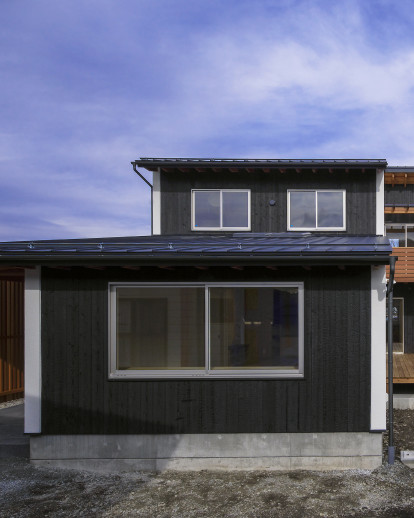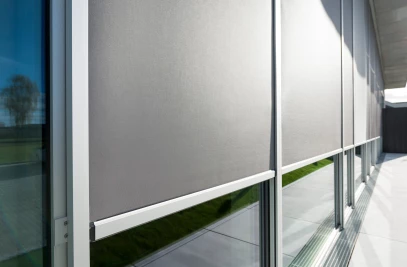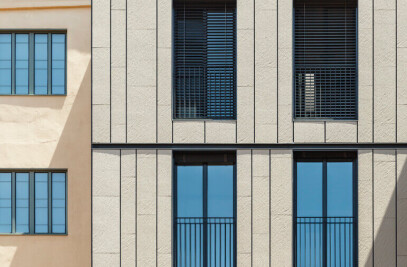This timber house for 2 generations is located along the historical road Nakasendoin quiet and rich natural surroundings in Nagano prefecture, Japan.
The site is elongated from north to south and wide in the east-west direction in the back. The design has responded to this site condition using an L-shaped plan. The L-shaped was the best planalso in terms of maximizing natural light and ventilation and ensuring good communication between the generations.
The north and south elevations have a horizontal roof scapewhich has been designed for creating a harmony with the mountains in the distance. The exterior of the house wanted to be the ones that took over the black and white contrast commonly seen in the houses along the old historical road.
This house is named “Yakisugi house” because it has been clad using the traditional Japanese technique of charring as a way to finish and preserve wood, Yakisugi (charred cedar barn). The north and south wallsare covered with Yakisugi and the east and west walls are finished with white painted plaster. The eaves are covered witha local larch siding in clear finish. The colours of the wood on the eaves and the vertical timber screen give a soft look in contrast with black and white walls of Yakisugi. Those colour effects enhance and complete the roof scape which emphasises the horizontality.



























